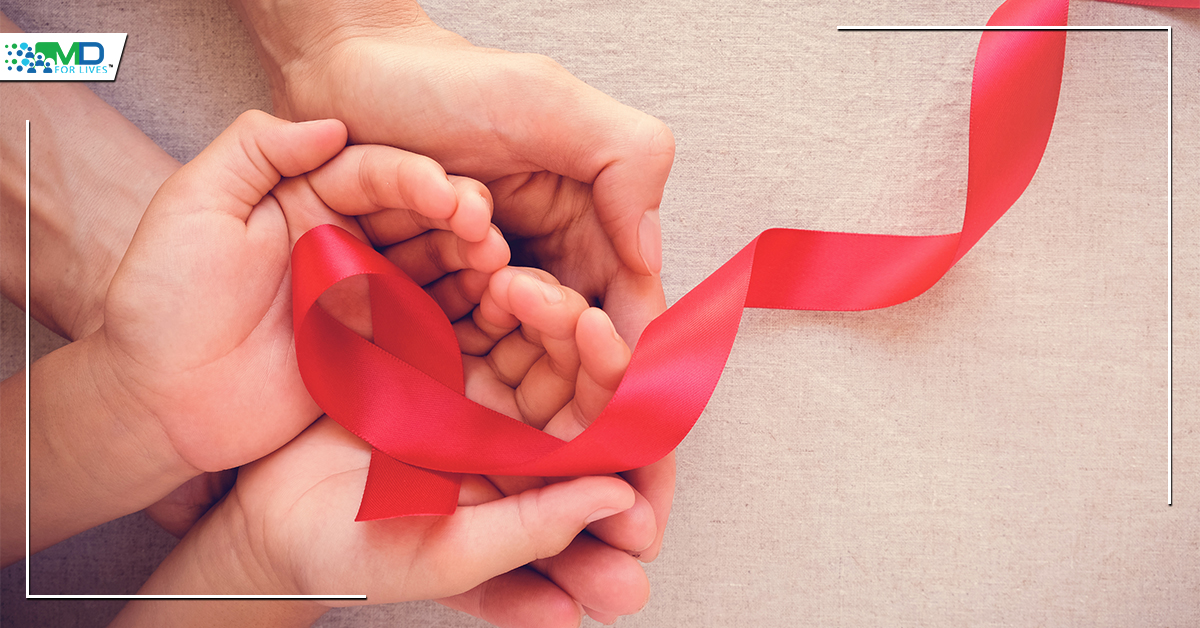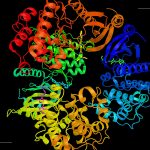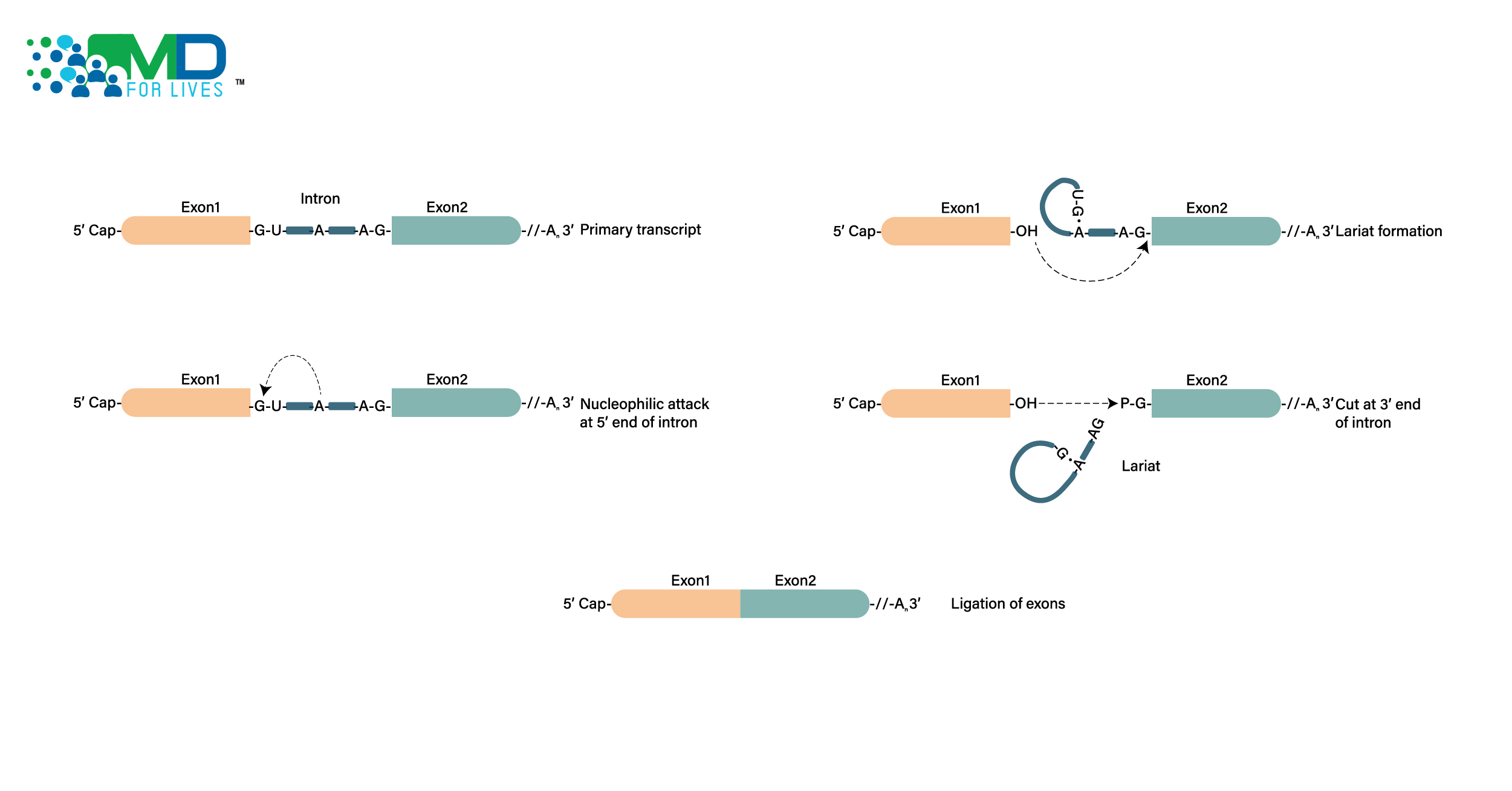HIV infection has no known treatment. HIV infection has become a manageable chronic health condition, allowing individuals living with HIV to live long and healthy lives, thanks to increased access to effective HIV prevention, diagnosis, treatment, and care, including for opportunistic infections. A new research led by UCLA (University of California – Los Angeles Health Sciences) has improved on a strategy they discovered in 2017 to eliminate HIV-infected cells in a mouse study. The breakthrough might bring scientists one step closer to being able to limit, if not eradicate, the amount of virus in infected patients who rely on life-saving treatments to keep the virus from growing and disease at bay.
The technique presented here employs immune cells that are naturally created by the body to destroy contaminated cells that hide in the body, potentially eliminating them. These findings provide proof-of-concept for a therapy technique that might potentially remove HIV from the body, a feat that had seemed almost impossible for many years. However, a more effective method of killing those cells is required. According to UNAIDS, there are presently 38 million individuals living with HIV worldwide, and an estimated 36 million have died from HIV-related illnesses in the decades since the virus first circulated.
To keep the infection at bay, people with HIV take antiretroviral medicines. However, HIV can evade antiretroviral by laying latent in cells known as CD4+ T cells, which signal another kind of T cell, the CD8, to kill HIV-infected cells. When an HIV patient discontinues therapy, the virus emerges from those reservoirs and replicates in the body, weakening the immune system and increasing the risk of opportunistic infections or malignancies, which can lead to disease or death.
People living with HIV accessing antiretroviral therapy: (As of 2020 statistics)

The UCLA-led study expands on research on a tactic known as “kick and kill,” which was initially outlined by several of the same scientists in a 2017 publication. The method coaxes the latent virus into revealing itself in infected cells, allowing it to be targeted and eliminated. In a previous study, researchers administered antiretroviral medications to mice whose immune systems had been changed to mirror those of humans before infecting them with HIV. They next gave the mice SUW133, a synthetic chemical made at Stanford University, to activate the mice’s latent HIV. Within 24 hours, up to 25% of previously quiescent cells that began producing HIV perished. SUW133 was utilized in the latest study to flood HIV-infected cells out of hiding while the mice were taking antiretroviral. The infected cells were subsequently killed by injecting healthy natural killer cells into the mice’s blood. In 40% of HIV-infected mice, the combination of SUW133 with injections of healthy natural killer immune cells totally eliminated the virus. The researchers then examined the mice’s spleens (since the spleen contains immune cells, it’s a good site to check for latent HIV-infected cells) and found no virus, suggesting that cells carrying HIV had been removed. Furthermore, the combo method outperformed either the latency reversing drug alone or the natural killer cells alone.
The researchers’ next goal is to fine-tune the method such that it eliminates HIV in 100% of the mice tested in future studies. They will also look forward to send this study into preclinical investigations in nonhuman primates, with the ultimate objective of trying the same strategy in people. The work establishes a new paradigm for a potential HIV cure.
The first National Black HIV/AIDS Awareness Day (NBHAAD) was observed as a grassroots education campaign to increase awareness of HIV and AIDS prevention, care, and treatment in African-American communities in 1999. In 2020,
- 37.7 million individuals worldwide were infected with HIV
- 1.5 million people would be newly infected with HIV
- 680 000 persons died as a result of AIDS-related diseases
And since the beginning of the pandemic,
- 79.3 million individuals have gotten infected with HIV
- 36.3 million individuals have died as a result of AIDS-related diseases
- 28.2 million individuals have access to antiretroviral treatment (as of 30 June 2021)
Reference: – https://www.nature.com/articles/s41467-021-27647-0






